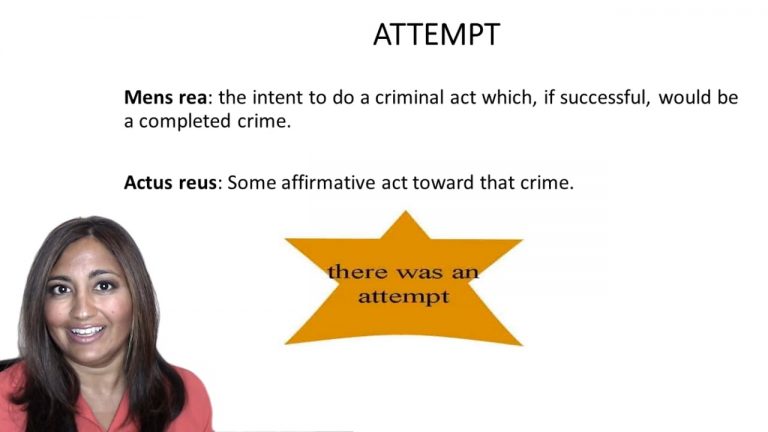SmartBrief
Confirm favorite deletion?
Criminal Law keyed to Dripps
People v. Rizzo
Citation:
246 N.Y. 334, 158 N.E. 888.
ProfessorScott Caron
CaseCast™ – "What you need to know"
Facts
On January 14, 1927, the defendant, Anthony Dorio, Thomas Milo, and John Thomasello planned to rob Charles Rao of a payroll that he was carrying from the bank to the United Lathing Company. Two of the men had firearms and the four drove around looking for Rao, or another that was carrying the payroll. The men went to the bank and various buildings the United Lathing Company was constructing. Their behavior caught the attention of police who arrested the four at their final stop. Neither Rao nor any other payroll man were at any of the locations the men stopped at.
Only StudyBuddy Pro offers the complete Case Brief Anatomy*
Access the most important case brief elements for optimal case understanding.
*Case Brief Anatomy includes: Brief Prologue, Complete Case Brief, Brief Epilogue
- The Brief Prologue provides necessary case brief introductory information and includes:
Topic:
Identifies the topic of law and where this case fits within your course outline.Parties:
Identifies the cast of characters involved in the case.Procedural Posture & History:
Shares the case history with how lower courts have ruled on the matter.Case Key Terms, Acts, Doctrines, etc.:
A case specific Legal Term Dictionary.Case Doctrines, Acts, Statutes, Amendments and Treatises:
Identifies and Defines Legal Authority used in this case.
- The Case Brief is the complete case summarized and authored in the traditional Law School I.R.A.C. format. The Pro case brief includes:
Brief Facts:
A Synopsis of the Facts of the case.Rule of Law:
Identifies the Legal Principle the Court used in deciding the case.Facts:
What are the factual circumstances that gave rise to the civil or criminal case? What is the relationship of the Parties that are involved in the case.Issue(s):
Lists the Questions of Law that are raised by the Facts of the case.Holding:
Shares the Court's answer to the legal questions raised in the issue.Concurring / Dissenting Opinions:
Includes valuable concurring or dissenting opinions and their key points.Reasoning and Analysis:
Identifies the chain of argument(s) which led the judges to rule as they did.
- The Brief Prologue closes the case brief with important forward-looking discussion and includes:
Policy:
Identifies the Policy if any that has been established by the case.Court Direction:
Shares where the Court went from here for this case.
Topic Resources
Topic Videos
 14m 44s
14m 44s 4m 26s
4m 26sTopic Outline
